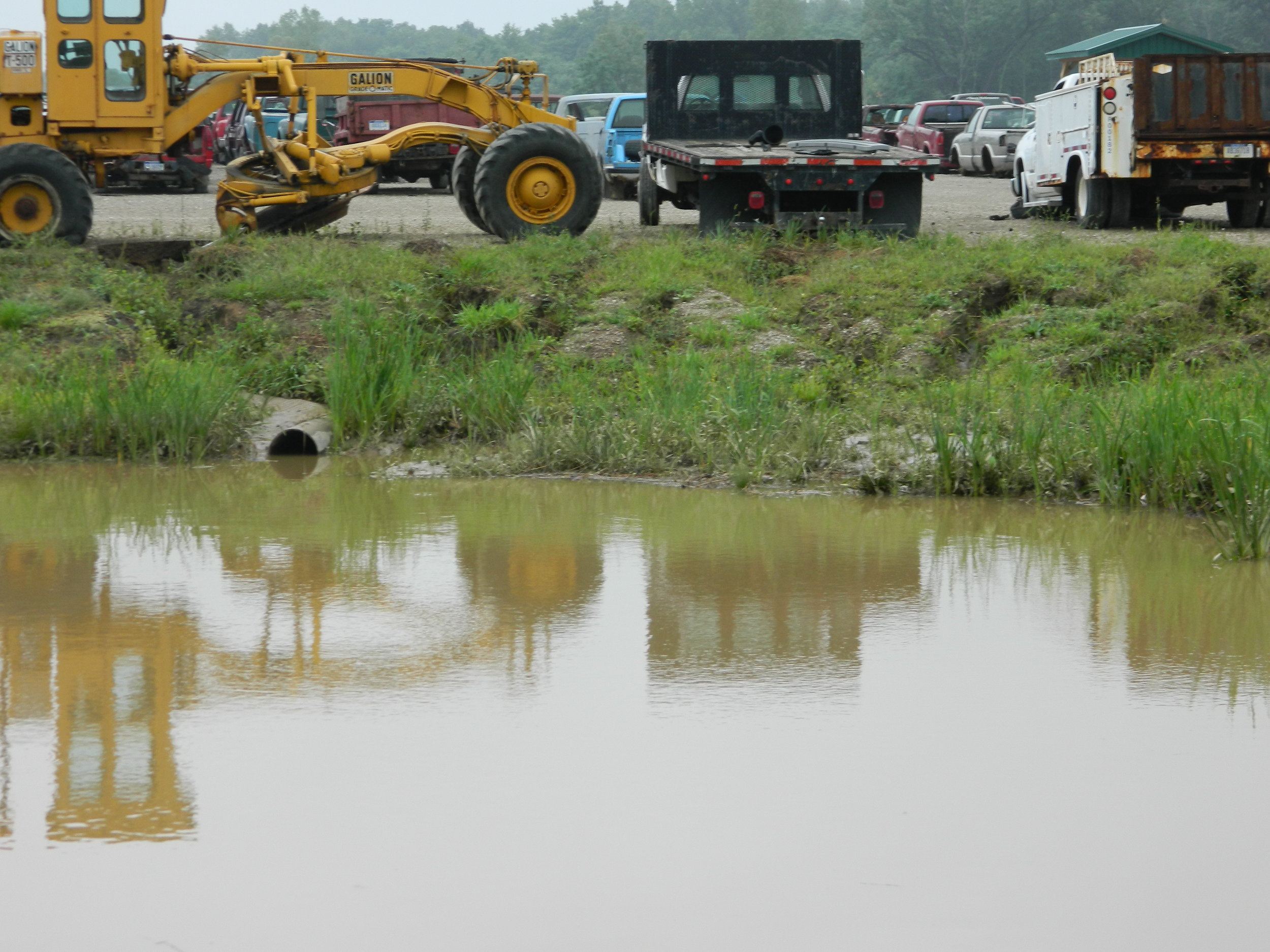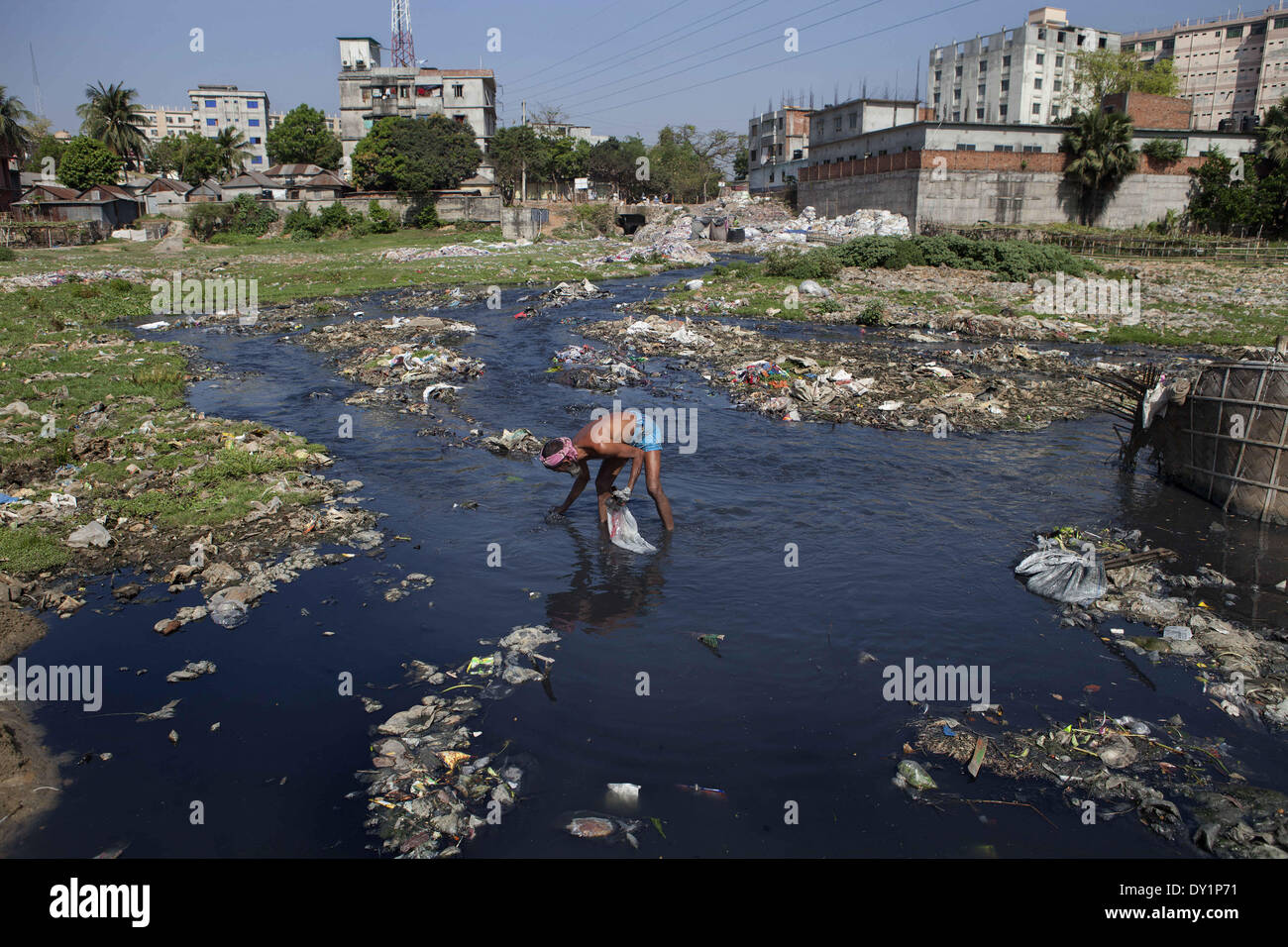Ingenious Industrial Wastewater Treatment Solutions: Securing the Setting
Ingenious Industrial Wastewater Treatment Solutions: Securing the Setting
Blog Article
How Fluid Garbage Disposal Works: An In-depth Review of Methods and Technologies Used

Summary of Liquid Waste Kind
The complexity of liquid waste types requires a thorough understanding of their attributes and implications for disposal. Liquid waste can generally be categorized into numerous kinds, consisting of commercial, municipal, agricultural, and contaminated materials. Each category displays distinctive residential or commercial properties, needing details management methods to reduce ecological and health dangers.
Industrial fluid waste stems from producing processes and usually has a range of pollutants, such as hefty metals, solvents, and organic substances. Metropolitan fluid waste, primarily consisting of wastewater from families and business facilities, has raw material, nutrients, and pathogens (industrial wastewater treatment). Agricultural fluid waste, including runoff from ranches, might consist of fertilizers, chemicals, and animal waste, posing dangers to water quality and communities
Dangerous fluid waste is characterized by its toxicity, sensitivity, or possible to cause damage. Comprehending these varied liquid waste kinds is vital for establishing efficient disposal approaches and ensuring compliance with ecological policies.
Physical Therapy Approaches

Testing is the initial action, where bigger fragments and debris are removed from the fluid waste utilizing screens or grates. In sedimentation containers, much heavier particles clear up at the bottom, forming a sludge layer, while the cleared up liquid can be more treated.
Filtering is an additional essential method that entails passing the liquid through porous products, such as sand or membranes, to capture smaller particles. This step enhances the high quality of the liquid, making it appropriate for subsequent therapy procedures.

Chemical Treatment Methods
Chemical therapy methods are essential for effectively taking care of liquid waste, especially in addressing dissolved and colloidal contaminants that physical methods may not adequately eliminate. These strategies utilize different chemical representatives to neutralize, precipitate, or transform harmful substances into less hazardous forms.
One typical approach is coagulation and flocculation, where chemicals such as alum or ferric chloride are contributed to promote the gathering of put on hold bits. This procedure enhances sedimentation, permitting simpler removal of the resulting sludge. In addition, oxidation procedures, employing representatives like chlorine or ozone, are used to damage down complex organic substances and microorganisms, providing the waste more secure for discharge or further treatment.
Neutralization is one more important strategy, which readjusts the pH of acidic or alkaline waste streams to neutral degrees, protecting against potential harm to downstream systems and the environment. Additionally, advanced oxidation procedures (AOPs) make use of mixes of oxidants and ultraviolet light to weaken persistent pollutants, accomplishing a higher degree of treatment efficiency.
Organic Treatment Processes
Organic treatment procedures play a vital role in the management of liquid waste by utilizing microorganisms to break down raw material and lower impurity levels. These procedures can be generally classified right into cardiovascular and anaerobic treatments, each employing certain microbial communities to attain reliable waste destruction.
Cardiovascular therapy involves the usage of oxygen to help with the failure of natural materials by germs. This process is frequently implemented in triggered sludge systems, where oygenation storage tanks offer a helpful environment for microbial growth, bring about the oxidation of natural toxins. The resultant biomass can be separated from dealt with effluent with sedimentation.
In comparison, anaerobic therapy occurs in the absence of oxygen, depending on different microorganisms to damage down natural matter. This technique is specifically advantageous for high-strength waste, as it produces biogas, a sustainable power resource, while minimizing sludge manufacturing. Technologies such as anaerobic digesters are often employed in community and commercial applications.
Both aerobic and anaerobic biological therapies not only decrease the environmental influence of liquid waste however also assist in source recuperation, making them necessary components of lasting waste administration approaches. Their performance, efficiency, and adaptability support their prevalent application across numerous fields.
Arising Technologies in Disposal
Cutting-edge strategies to liquid waste disposal are rapidly evolving, driven by developments in innovation and a raising emphasis on sustainability. Among these emerging innovations, membrane layer bioreactors (MBRs) have acquired traction for their capability to incorporate organic therapy with membrane filtering, leading to premium effluent that can be reused in various applications. MBRs enable smaller sized impacts and much more reliable procedures compared to traditional systems.
An additional encouraging advancement is the use of anaerobic food digestion integrated with nutrient healing innovations, which not only treats liquid waste but also generates biogas and recovers valuable nutrients like nitrogen and phosphorus. This twin advantage enhances source effectiveness and minimizes environmental impact.
Furthermore, advanced oxidation processes (AOPs) next page are being taken on for the deterioration of intricate natural contaminants. These approaches use effective oxidants and drivers to damage down contaminants at the molecular degree, offering an extremely effective option for tough waste streams.
Furthermore, the assimilation of synthetic knowledge and artificial intelligence in waste management systems is enhancing functional efficiency and predictive upkeep, leading to minimized costs and enhanced ecological compliance. These innovations mirror a significant change in the direction of more reliable and lasting this article liquid garbage disposal practices.
Final Thought
In final thought, reliable fluid waste disposal necessitates an extensive understanding of different strategies and technologies. By continuously advancing these methods, it comes to be feasible to address the growing difficulties connected with fluid waste, eventually adding to ecological security and source recovery.
Liquid waste disposal is a vital facet of ecological monitoring, calling for a thorough understanding of various techniques and technologies customized to different waste types. Fluid waste her latest blog can generally be classified right into several kinds, including industrial, community, agricultural, and dangerous waste. Agricultural liquid waste, including runoff from ranches, may contain fertilizers, pesticides, and pet waste, posturing dangers to water quality and ecosystems.
Different physical treatment methods play an important function in managing fluid waste successfully - industrial wastewater treatment.In conclusion, effective fluid waste disposal demands a comprehensive understanding of different techniques and innovations
Report this page